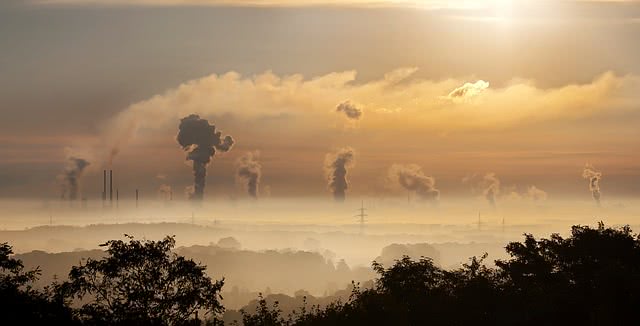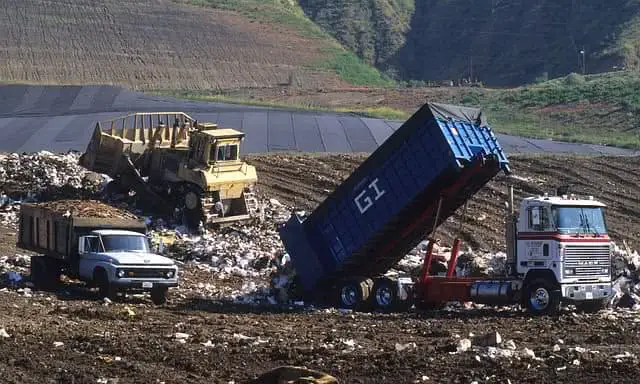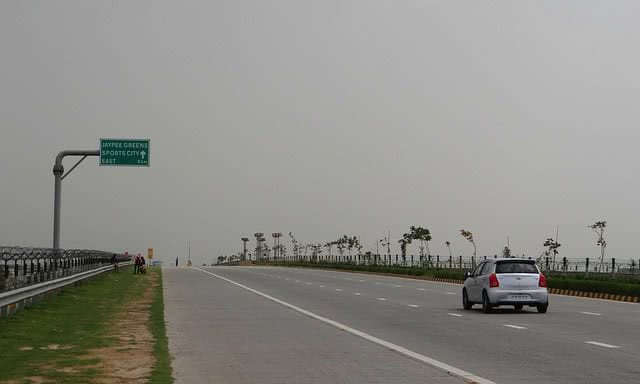The rise in the human population and the technological advancements have led to the overuse of the natural resources and pollution of the environment. This has led to a depletion of all the resources and is steadily leading to an ecological imbalance in many ecosystems. This rising deterioration of the Earth and its natural resources is termed as Environmental degradation. It refers to the negative changes brought about in the environment by pollution of the soil, air water and human exploitation of the natural resources.
All the natural factors required for the successful sustenance of life on the plant are dependent on each other. These natural factors include water, vegetation, air, land climate etc all of which contribute to the sustenance of life. For example, depletion in water resources will impact the growth of vegetation which in turn will impact the natural habitat and food source for many life forms. This will also impact the climatic conditions in the area due to the decrease in the vegetation which in turn will impact the soil quality.
Also Read: Types of Environmental Degradation
Environmental degradation has been recognized as one of the ten threats that could challenge international peace and security in the United Nations’ High-level Panel on Threats, Challenges and Change. A large number of animal and plant species are on the verge of extinction while many have already disappeared.
The main reasons for the uncontrollable environmental degradation include; the increase in human population, fumes from vehicles and industries, deforestation, POPs, encroachment, dumping of wastes into water bodies or land cover etc. Below is a brief on the reason for environmental degradation.
Related: Main types of environmental pollution that we must be careful!, Importance of Environmental Education for Saving Environment
Human population
The increasing population means an ever-increasing burden on the land area which is not increasing. It means a greater strain on the resources to meet the demand of the higher population. With the need to house a greater number of families, the land that was once used for agriculture is now used for building houses. The diminishing land area for agriculture is now utilized to yield crops for a larger population. For this, the land is conditioned with the use of chemicals and genetically modified seeds to enhance the product. Over-tilling of the land and the use of chemicals is leading to the loss of the natural qualities of the soil. Over drafting of groundwater to meet the water requirement is yet another impact of population on the environment.
Emissions

Pollution caused by emission does not just refer only to the pollution caused by the emissions of smoke from industries and vehicles. Emission also refers to the Greenhouse gases that are emitted by use of CFC compounds in air conditioning, refrigeration, foams, insulation etc. These harmful gases have led to the depletion of the ozone layer in the atmosphere allowing the harmful ultra-violet rays from the sun to reach the earth’s surface. The long term exposure to UV rays can cause various health issues. Moreover with the continuous emission of vehicular and industrial smoke into the atmosphere has led to the formation of smog over many cities impacting daily commute and normal life.
Deforestation
One very important contributor to the changing climatic trends has been the aggressive deforestation throughout the world. The cutting of trees for industrial use and the land acquisition for building commercial structures and agriculture has led to the rapid decline of the forested areas. The roots of trees hold onto the soil and give it strength. When the trees are cut off or felled it results in loosening of the soil which becomes more prone to soil erosion or degradation.
Trees play a major role in the removal of carbon dioxide from the atmosphere and in cloud formation. The decreasing foliage means the amount of carbon dioxide in the atmosphere is high and the oxygen content is low. This change in the carbon dioxide content results in what is known as the greenhouse effect which traps more heat within the atmosphere of the earth leading to an increase in the global temperature.
Waste Dumping

Many water bodies throughout the world have been contaminated by the continuous dumping of industrial waste into them. This has resulted in many freshwater bodies to entirely become unsafe for consumption and for the sustenance of aquatic life forms.
The pollution caused by the dumping of waste is not just limited to the water bodies. Soil pollution is yet another issue caused by the dumping of waste. Although organic waste can be in many ways beneficial but inorganic wastes like plastic and non-biodegradable materials have resulted in many acres of land becoming barren and unsuitable for agriculture or for the dwelling.
Hazardous waste like radioactive materials or poisonous chemicals, when discarded into the water or land, can wreck havoc on the ecosystem. Many life-forms are affected by the exposure to harmful chemicals which many a time result in their complete eradication from the region.
The use of fertilizers and pesticides has also impacted the natural state of the environment in many ways. Many chemicals used in the pesticides and the fertilizers finds a way into to the food-chain which in the long run impacts the health and well being of people and animals that consume the affected crops.
Landscaping
Landscaping is the term given to the changes that are brought about to the physical characteristics of a piece of land by cutting, drilling, digging etc for the purpose of making roads, buildings, mining, stone quarry, agriculture etc.
Once the original features of the landscape are lost, it affects the ecosystem in the region that was adapted to the prevalent conditions. Many natural phenomena like earthquakes, volcanoes, floods, etc can also lead to changes in the physical features of a region which can many times lead to a degradation of the environment in the region.
The changes in the environment caused by human exploitation have resulted in the extinction of numerous species and many are on the verge of extinction. According to biologist E.O. Wilson, about half of all plant and animal species will be extinct in 100 years if the current rate of environmental destruction continues. The rapidly changing environment does not allow the plant and animal species to adapt fast enough leading to mass extinction. It is believed that about 10,000 to 100,000 species of life forms go extinct every year.

With the rise in the Global temperatures, there has been an increase in the sea levels due to the melting glaciers at the Polar Regions leading to the acidity of the ocean waters impacting marine life and its ecosystems.
Although numerous treaties were signed on a global level to control the environmental damage, there has been a continuous rise in the emission of greenhouse gases, widespread deforestation, use of fossil fuels etc. The extreme heat in the past few years have led to medical emergencies throughout the world and the combination of dryness and heat has caused the outbreak of many wildfires. Extreme weather conditions throughout the world have impacted all life forms. If the environmental degradation is not controlled then the changes in the living conditions in the planet will intensify leading to a rapid decline in the number of life forms.
Also Read: Examples of Environmental Sustainability, Environmental Education